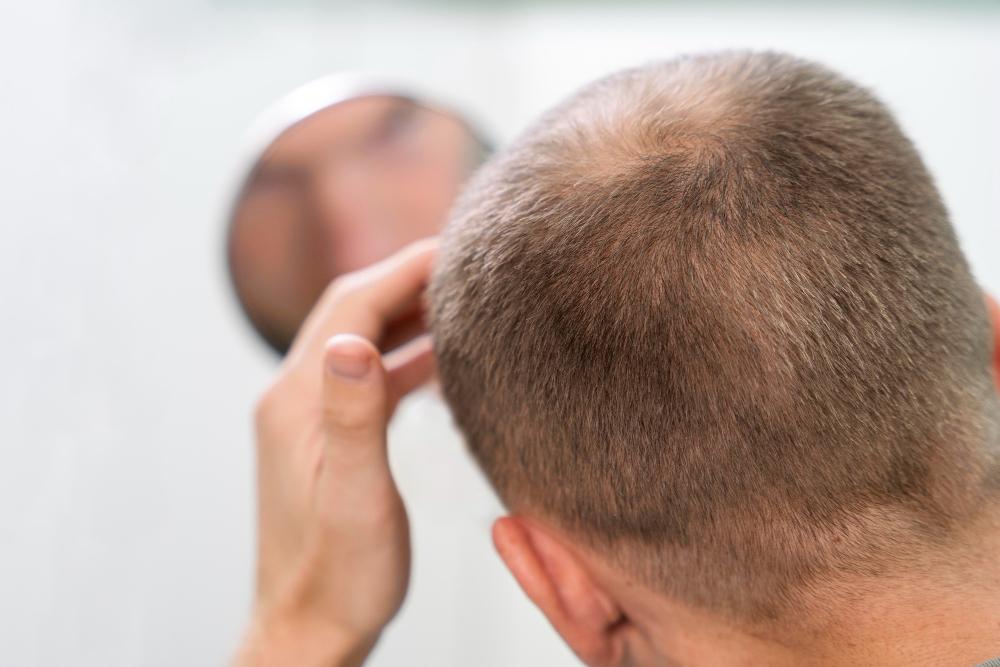Hair transplant methodology have become progressively well known lately, with many looking for a long-lasting answer for hair misfortune. In any case, one key element that people frequently need to consider prior to going through a hair transplant is the cost. Hair transplant costs can differ broadly contingent upon a few elements, including the sort of method, the center’s area, the specialist’s skill, and the degree of the hair misfortune. In this article, we will investigate the variables that influence hair transplant cost and provide you with an overall thought of what’s in store while thinking about this extraordinary methodology.
Table of Contents
1. Sorts of Hair Transplant Strategies
The two principal sorts of hair transplant techniques are FUE (Follicular Unit Extraction) and FUT (Follicular Unit Transplantation), the two of which have different price tags.
FUE (Follicular Unit Extraction)
FUE is a cutting edge and negligibly obtrusive strategy in which individual hair follicles are extricated from a benefactor region (generally the rear of the scalp) and embedded into the diminishing or going bald regions. FUE is less intrusive than FUT, and there is typically no direct scar, making it an engaging choice for some. Nonetheless, the strategy is tedious and requires a talented specialist to accomplish regular looking outcomes, which can prompt greater expenses.
FUT (Follicular Unit Transplantation)
FUT includes the evacuation of a portion of tissue from the giver region, from which individual follicles are reaped and afterward embedded into the beneficiary region. FUT commonly leaves a straight scar, yet the system might be more cost-viable than FUE, especially for patients who need countless unions.
2. Factors Influencing Hair Transplant Cost
Number of Unions Required
The all out cost of a hair transplant to a great extent relies upon the quantity of unions expected to accomplish the ideal outcome. A unite is a little gathering of hair follicles, ordinarily containing one to four hairs. For a little region, two or three hundred unions might be sufficient, while for bigger areas of hairlessness, a huge number of unions might be essential. The more joins required, the higher the general cost.
Area of the Facility
The cost of hair transplant a medical procedure can likewise change contingent upon the geological area of the center. Centers in enormous metropolitan regions or nations with a greater expense of living might charge something else for the method. Conversely, centers in more modest towns or districts with a lower cost of living might offer more reasonable costs. Nations like Turkey, India, and Mexico are known for offering top notch hair transplants for a portion of the cost tracked down in the US or Western Europe.
3. Extent of Hair Loss
The severity of hair loss affects the cost of the procedure. If hair loss is in the early stages, fewer grafts may be required, leading to a lower cost. However, individuals with more advanced hair loss may need a larger number of grafts, which will increase the overall price.
4. Hair Transplant Cost Breakdown
While the exact cost can vary, here’s a general overview of what to expect:
- Cost Per Graft: On average, the cost per graft ranges from $3 to $10. Factors such as the technique used, the surgeon’s expertise, and the location of the clinic influence the price. Typically, each graft costs between $4 and $8.
- Overall Procedure Costs: The total cost for a hair transplant can range between $4,000 and $15,000 or more. Here are rough estimates based on the number of grafts required:
- Small procedure (300-600 grafts): $3,000 to $7,000
- Medium procedure (1,000-2,000 grafts): $6,000 to $12,000
- Large procedure (3,000-4,000 grafts or more): $12,000 to $15,000+
- International Cost Variations: The cost can also vary significantly depending on the location of the clinic. For instance, clinics in Turkey or India offer competitive prices, with procedures ranging from $2,000 to $5,000. While these international clinics are popular for medical tourism, it’s important to research the quality and reputation of the clinic thoroughly before making a decision.
5. Additional Costs to Consider
In addition to the cost of the procedure itself, there may be other expenses, such as:
- Consultation Fees: Some clinics charge for initial consultations, though others offer them for free.
- Post-Procedure Medications and Products: After the transplant, you may need to purchase medications or special shampoos to promote healing and hair growth.
- Follow-up Visits: Some clinics charge extra for follow-up appointments to monitor your progress.
- Travel Expenses: If you opt for treatment abroad, additional costs for travel and accommodation should be factored into the overall cost.
In Conclusion
Hair transplant methodology can be an extraordinary answer for those battling with hair misfortune, yet understanding the related costs is a fundamental piece of the dynamic interaction. By taking into account the sort of system, the quantity of unions required, and the different variables that effect estimating, you can settle on an educated decision that lines up with your financial plan and assumptions. Continuously talk with experienced experts to find out about the cost and anticipated results, guaranteeing an effective and fulfilling hair reclamation experience.

